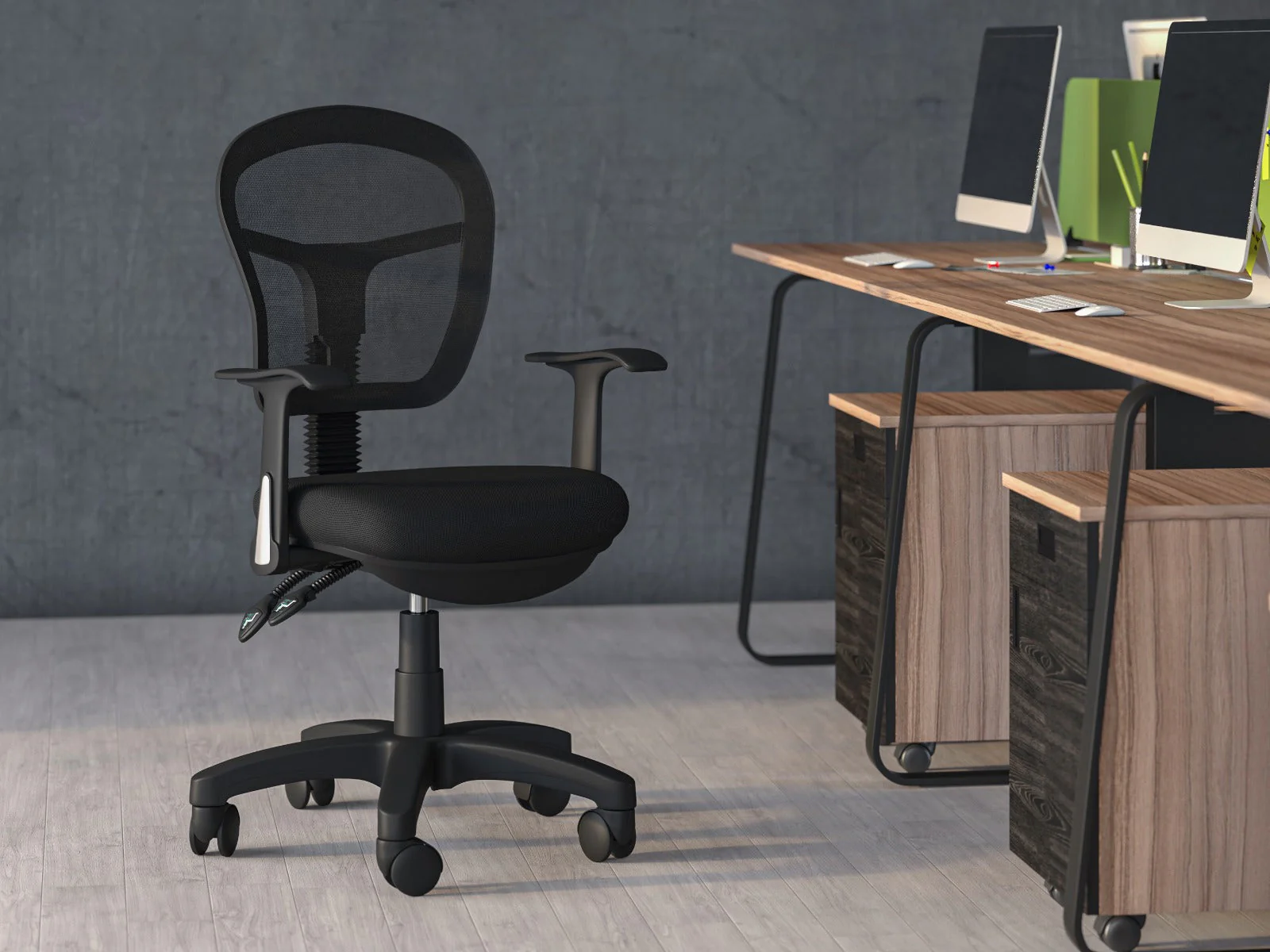As the world increasingly embraces sustainable practices, the furniture industry responds with eco-friendly innovations, and office chairs are no exception. Sustainable seating goes beyond design and functionality; it extends to the materials used in construction. This article delves into eco-conscious choices, examining the impact of sustainable materials in constructing office chairs and their contribution to a greener and more responsible workspace.
Bamboo: A Renewable Wonder Material
Bamboo has emerged as a sustainable alternative in the construction of office chairs. As one of the fastest-growing plants on Earth, bamboo is a highly renewable resource. Its rapid growth and natural strength make it an ideal choice for chair frames and components. Bamboo-based office chairs exhibit durability and contribute to reducing the environmental footprint associated with traditional wood sources.
Recycled Plastic: Transforming Waste into Seating Solutions
Using recycled plastic in office chair construction exemplifies the circular economy concept. Manufacturers create seating solutions that divert material from landfills by repurposing post-consumer plastic waste by repurposing post-consumer plastic waste. Recycled plastic office chairs showcase innovation in design while simultaneously addressing the issue of plastic pollution. This sustainable approach aligns to reduce the consumption of virgin materials.
Upcycled Materials: Breathing New Life into Old Resources
Upcycled materials represent a creative approach to sustainability in office chair construction. Manufacturers repurpose discarded materials or furniture components, giving them new life as components in modern office chairs. This reduces the demand for new raw materials and minimizes waste, contributing to a more circular and resource-efficient manufacturing process.
Reclaimed Wood: Salvaging Beauty and Sustainability
Reclaimed wood adds a touch of history and character to office chairs while promoting sustainability. Salvaged from old structures or furniture, reclaimed wood is repurposed for chair frames and accents. This practice conserves forests and reduces the energy and resources required for processing new lumber. Reclaimed wood office chairs are a testament to the beauty and eco-friendliness of repurposed materials.
Recyclable Metal Frames: Closing the Loop in Production
Metal frames are a staple in office chair construction, and using recyclable metals adds a sustainable dimension. Choosing easily recyclable metals ensures that the end-of-life disposal process is more environmentally friendly. Recyclable metal frames promote a closed-loop system where materials can be repurposed into new products rather than ending up in landfills.
Low-Emission Adhesives and Finishes: Reducing VOCs
Beyond structural materials, the adhesives and finishes used in office chair construction play a role in sustainability. Opting for low-emission adhesives and finishes helps reduce the release of volatile organic compounds (VOCs) into the environment. This eco-friendly choice contributes to better indoor air quality and aligns with a commitment to creating healthier and more sustainable office spaces.
Eco-Friendly Fabrics: Sustainable Comfort
The upholstery on office chairs is a significant aspect of their construction, and eco-friendly fabrics are gaining prominence. Organic cotton, hemp, and recycled polyester offer sustainable alternatives to traditional fabrics. These choices reduce the environmental impact of textile production and provide users with seating solutions that align with their eco-conscious values.
Conclusion:
Sustainable seating is not merely a trend but a commitment to responsible practices that benefit both the environment and the occupants of office spaces. Examining the use of eco-friendly materials in office chair construction reveals a landscape of innovative choices—from renewable bamboo and recycled plastics to upcycled materials and reclaimed wood. By embracing sustainable materials, manufacturers and consumers contribute to a greener future, fostering a workplace where comfort and conscientiousness coexist. As the demand for sustainable office solutions continues to grow, exploring eco-friendly materials in office chair construction is a journey towards creating workspaces that prioritize well-being and environmental stewardship.




